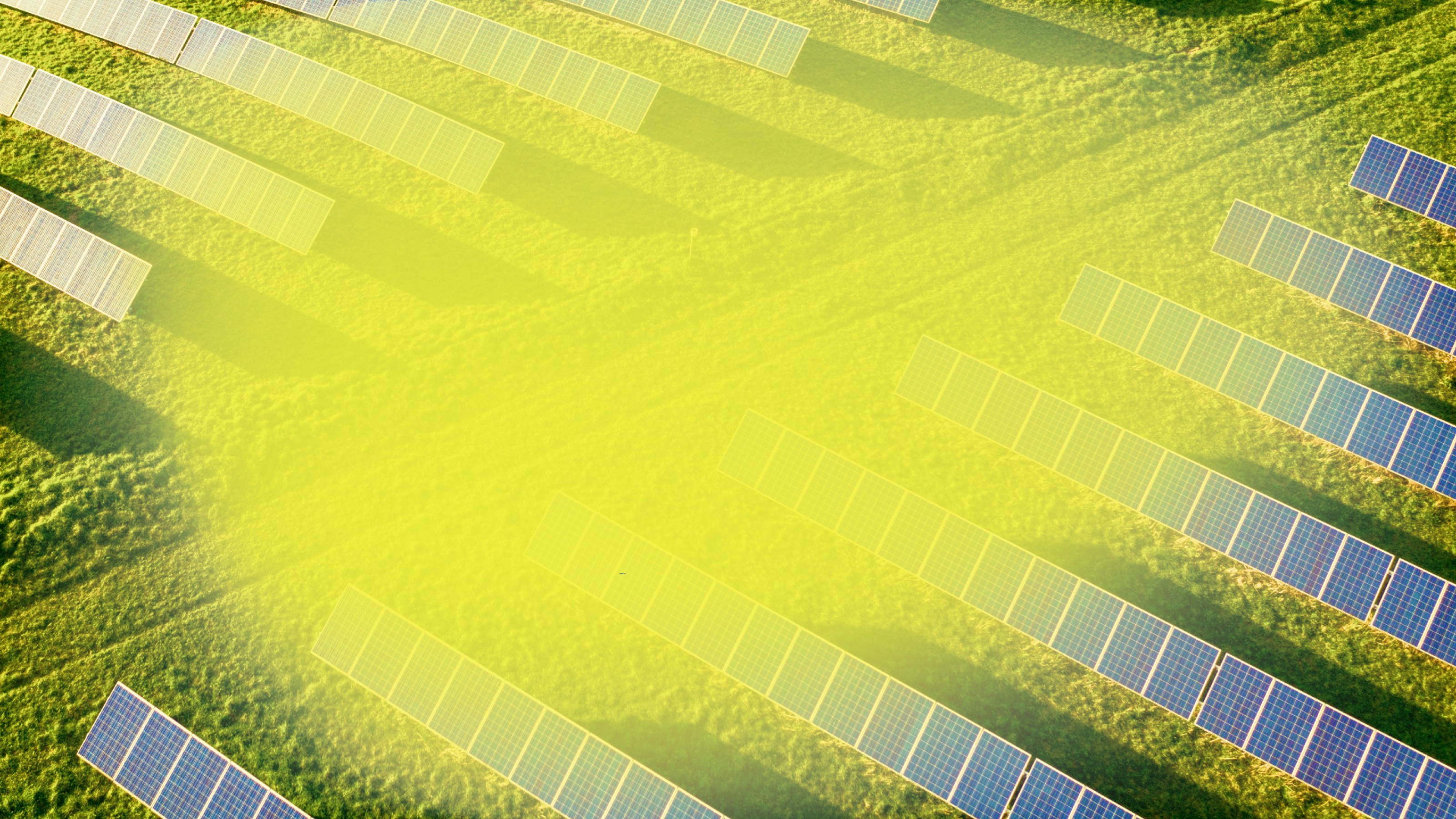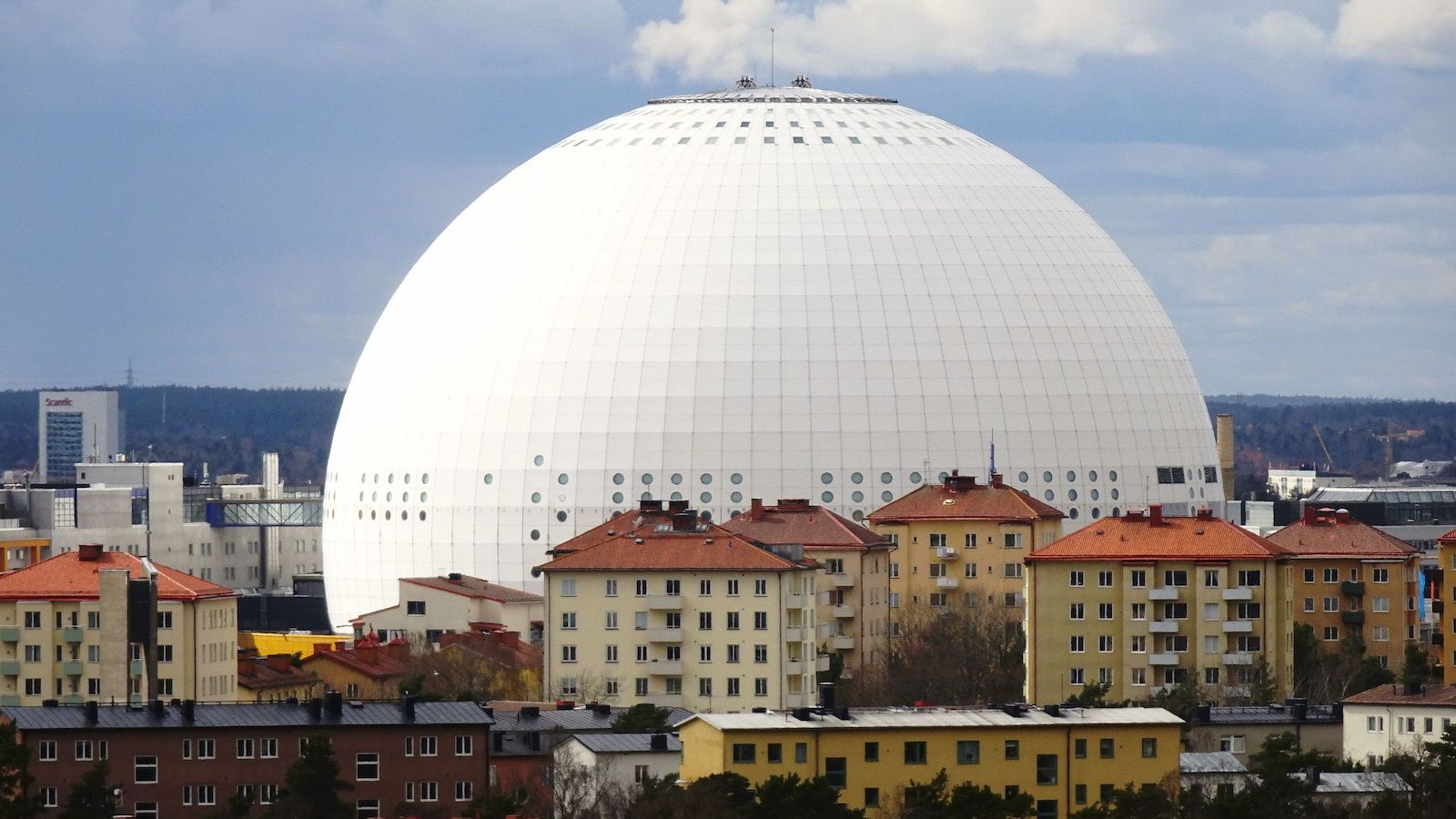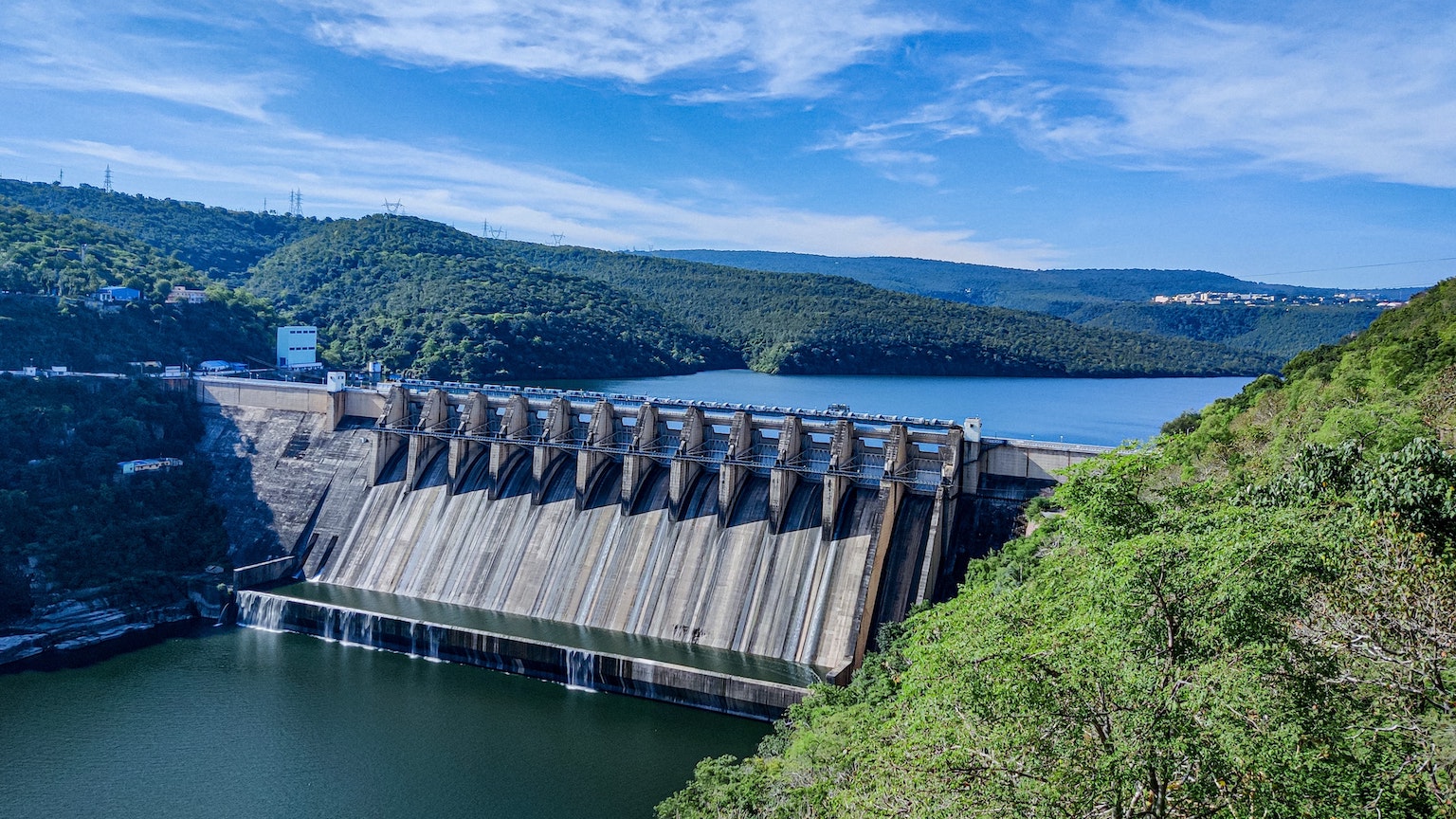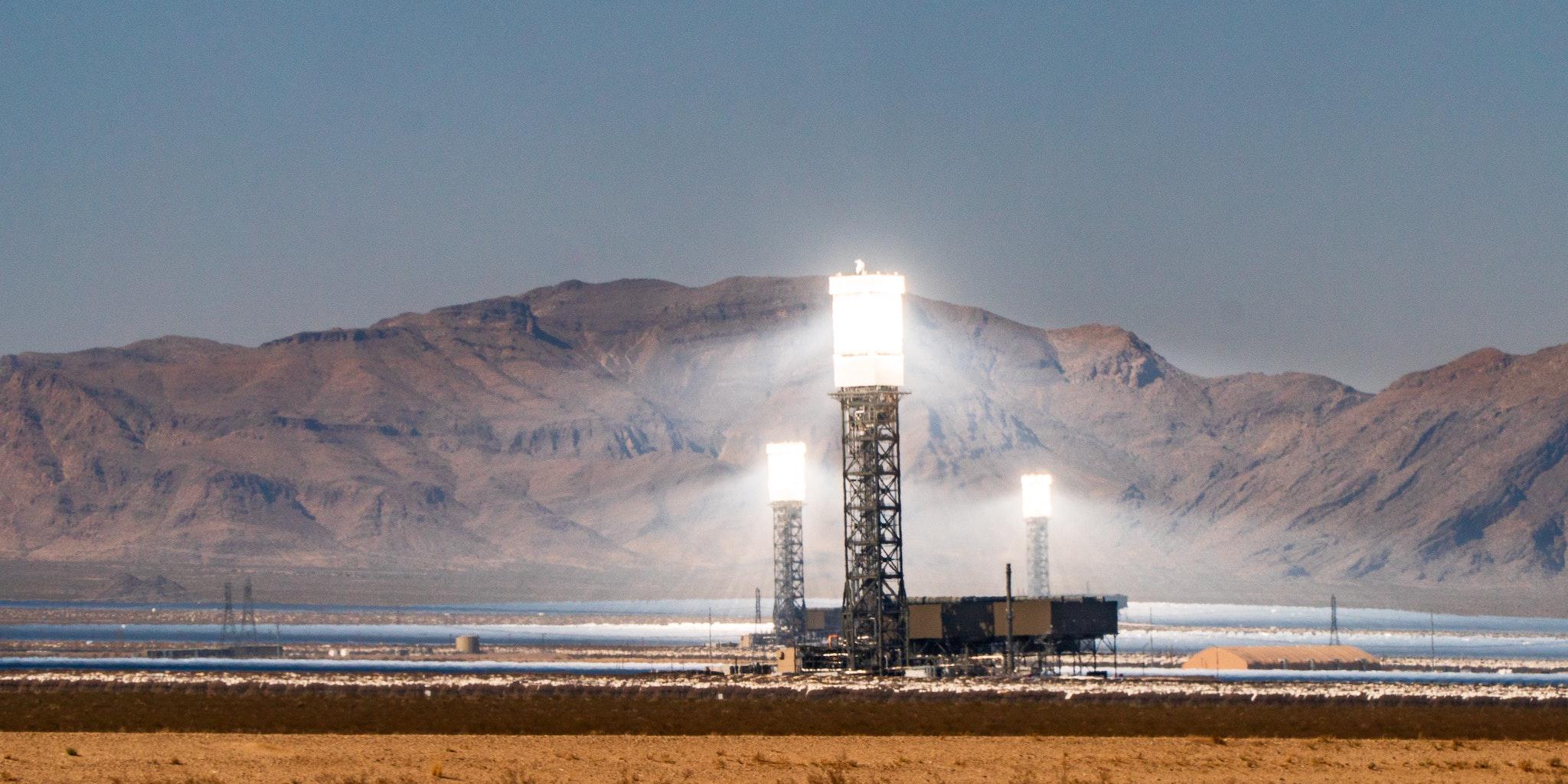France Is Paving Its Future with Solar
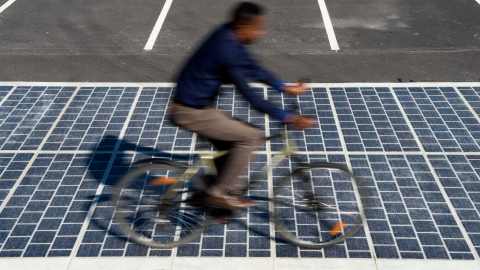
France plans on pulling its weight post-Paris climate talks, at which 195 nations made a commitment toward building a zero-emission economy. The country has started by laying down 621 miles of solar panels to supply 5 million people across France with renewable energy.
Other countries have been testing the idea of solar roadways through solar bike paths. These small-scale projects operate as a pilot program to see if installing photovoltaic cells would be profitable on larger roads. These real-world trials examine potential losses in solar absorption from blockage from pollution, passing cyclists and pedestrians, and weather.
“If we can additionally incorporate solar cells in road pavements, then a large extra area will become available for decentralized solar energy generation without the need for extra space … and just part of the roads which we build and use anyway,” says Sten de Wit from the SolaRoad consortium in an interview with Fast Co.
Results from SolaRoad’s six-month test in the Netherlands suggest that rooftop installations are far more efficient than roads with solar cells slapped on.
France has decided to take a huge leap forward. It will be the first time solar panels will be installed on public roads. Over the next five years, France’s roads will be paved with Wattway solar cells. The panels can be glued on top of the existing pavement, so the roads won’t have to be ripped up and repaved — a major cost-saving measure. Also, unlike SolaRoad’s panels, Wattway’s are 0.3 inch thick and made from a thin film of polycrystalline silicon.

The estimated cost of solarizing France’s roadways falls somewhere between $220 and $440 million, which will be paid for by raising the tax on gas, according to Ségolène Royal, France’s minister of ecology and energy. The panels are built to last between 10 and 20 years depending on the amount of traffic the road receives.
Wattway’s website says 0.62 mile of these cells will help power the lights for 5,000 inhabitants. This solar roadway would helpslash energy use from fossil fuels for 8 percent of France’s population. The question remains whether solar roadways are the right action for governments to take against climate change. The truth is there isn’t enough data to say for sure.
The way toward a renewable future won’t be easy. Geography was an issue in Japan, but the country has engineered a way. Each country will have its own roadblocks to overcome. The important thing is action is being taken toward upsetting the established energy infrastructure built around fossil fuels. With the right research and investments, the entire world could be powered by renewables as early as 2050. Let’s hope solar roads are the right step for governments.
***
Photo Credit: © COLAS – Joachim Bertrand
